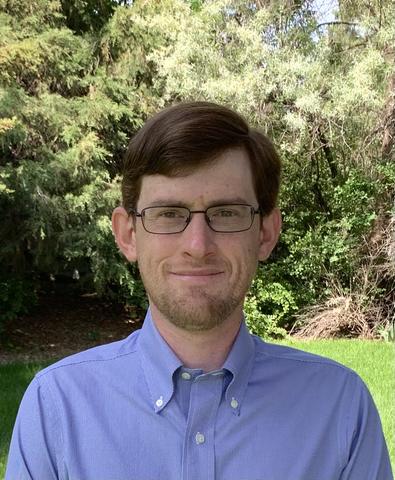2021 Nancy Grace Roman Technology Fellowship in Astrophysics - Jake Connors

Astrophysics in the far-infrared (30μm < λ < 300μm) is relatively unexplored as compared to the optical (Hubble), near- and mid-infrared (James Webb Space Telescope) and sub-mm (ALMA & Cosmic Microwave Background experiments) bands which surround it. The far-infrared, however, contains a wealth of information about the formation of galaxies, stars and exoplanets, but is impossible to observe in from Earth due to atmospheric absorption. Future space-based far-infrared telescopes (currently proposed to launch in the early 2030’s) will require detectors at least an order of magnitude more sensitive than what is currently available.
This work will aim to improve the performance of transition-edge sensor (TES) detectors, a mature and widely used detector technology which utilizes a voltage-biased superconductor to sense the deposited power from photons incident on a thermally isolated island. The fundamental noise limit of a TES detector arises from the quantum nature of the heat transport in the island’s thermally isolating support structures and is a direct analogue to the electrical shot noise seen in resistors. In order to reduce this fundamental phonon transport noise floor, the thermal conductance of these structures must be greatly reduced, typically by the square of the desired reduction in detector noise. For less demanding applications, these thermal isolation structures have traditionally been made from long, narrow beams of a thin dielectric film. As one approaches the thermal conductances required for these ultra-low-noise detectors however, coherent phonon transport effects provide diminishing returns to simply increasing the beam length or decreasing the beam width, necessitating a novel design approach.
This work aims to increase TES detector sensitivity by explicitly utilizing these coherent phonon transport effects. This is done through (1) controlling the beam cross-sectional dimensions to limit the phonon mode set available for thermal transport, and (2) designing resonant, stepped impedance, or mode-converting structures to create phonon bandgaps in the TES thermal isolation beams. This design approach will utilize what are effectively 1-D phonon meta-materials to turn the thermal isolation beams into phononic filters, much in the same way RF and microwave electrical filters are designed. To realize these beam structures, the project aims to develop a novel fabrication process that leverages electron beam lithography (EBL) to define beam features as small as 50nm, much smaller than what is achievable with optical lithography.
In addition to the challenges presented by designing and fabricating these detectors, this work also aims to develop a test facility sufficiently “dark” such that these ultra-low-noise detectors can be characterized. The noise-equivalent-power (NEP) of the detectors this work aims to design, approaching 10-20 Watts/Hz1/2, is equivalent to the photon shot noise of only ~15 photons of wavelength 100μm arriving per second. To reach this level of darkness, special light-tight packaging, electrical feedthroughs, and optical calibration targets will be designed, fabricated and integrated into cryostats capable of cooling the detectors to 50mK.
If the goals of this project are achieved, these new detectors will transform far-infrared astrophysics, enabling studies of the masses, chemistries, and evolutionary dynamics of exoplanetary systems, the inheritance of water from star through planetary formation, and galaxy formation and evolution, revolutionizing our knowledge of where galaxies and habitable planets come from. The large increase in the sensitivity of these detectors will enable other and perhaps yet unpredictable applications as well, including in understanding the radiative environment inside quantum computers.
Contact
-
PML webmaster

